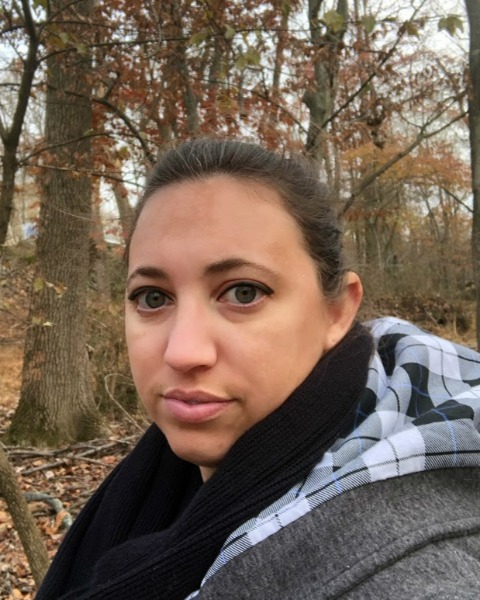Back
Contributed Poster
Session: Urban Ecosystems
PS 48-237 - Selection in the city: How artificial selection affects the genetic diversity of urban trees
Wednesday, August 9, 2023
5:00 PM - 6:30 PM PDT
Location: ESA Exhibit Hall

Beatriz M. Shobe
Graduate Student
Johns Hopkins
HANOVER, Maryland, United States- MA
Meghan L. Avolio
Assistant Professor
Johns Hopkins University
Baltimore, Maryland, United States
Presenting Author(s)
Coauthor(s)
Abstract: Many cities are setting goals to expand tree canopy as trees are known to mitigate the urban heat island effect, as well as to aid in storm water management and sequester carbon. As a result, Baltimore has committed to investing resources to increase overall urban canopy to 40% with initial efforts focused in sparsely vegetated areas. Planting a diverse array of species is often recommended, however, studies have shown that those recommendations are often not put into practice. Trees that can tolerate certain conditions, such as compact soils, drought, and contaminated soils are favored as they have a higher likelihood of survival. Additionally, many of the planted trees are cultivars that are obtained from large nurseries and may have very limited genetic diversity. We hypothesize that the tree communities in the Baltimore region are largely comprised of cultivars and are therefore lacking in genetic diversity. Homogeneity of both genetic makeup and species makeup can expose trees to other threats and create a community that lacks resilience, especially in the face of climate change or invasive pests. To evaluate this, we will examine 2 of the most commonly planted species, A. rubrum, which is native, and A. platanoides, which is invasive. Comparing these two species will provide insight into how selective pressures drive adaptation both in the presence of a local wild-type population with potential for interbreeding, as is the case for A. rubrum, as well as in the absence of such a population, as in the case for A. platanoides. Several location types across the city were sampled, including highly managed streets and parks, managed and unmanaged residential areas, and unmanaged urban and rural forests. During the summer of 2021, 250 individuals of each species were located, measured, and tagged. Tissue samples were collected, and DNA was extracted for genetic analysis using microsatellites. Twelve unique microsatellite markers were identified for both species and subsequent analysis with GeneMarker allowed us to determine the degree of genetic relatedness among our samples. To date, we have found evidence of reduced genetic diversity of managed street, park and residential trees through the planting of cultivars. As urban trees are increasingly under stress from climate change, invasive species, and diseases, understanding the genetic diversity of urban trees and forests will help us to maintain more resilient and robust urban vegetation.
